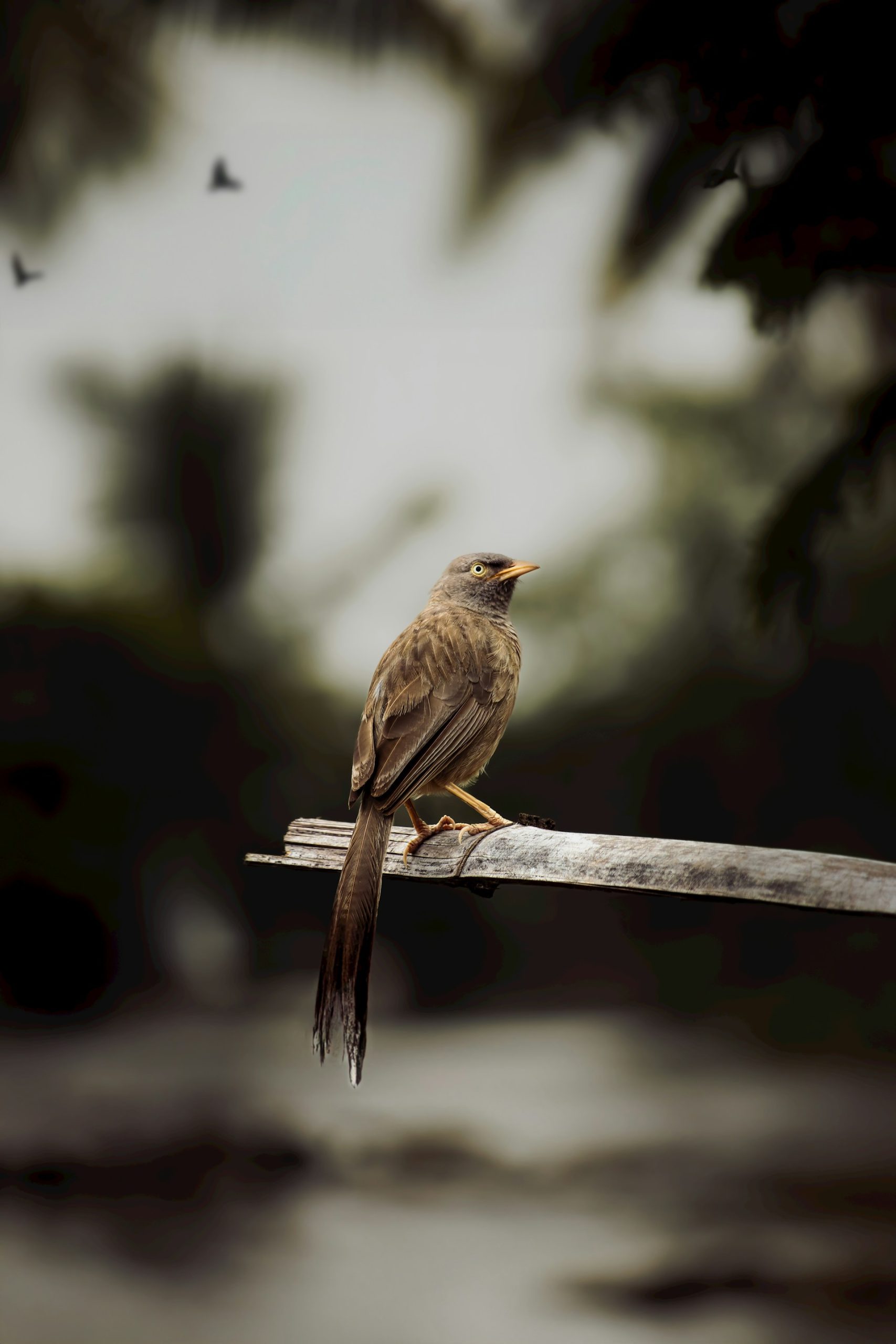Every bird watcher or birder is quite familiar with the symphony of bird calls that punctuate the quiet of nature’s sanctuary. These avian serenades teem with vitality and life, their deep symbolic significance often overlooked. Bird calls are not just mere utterances – they represent more than the dawn chorus and evening communal roosting. In fact, bird calls are birds’ primary communication medium. Bird watchers and birders, those who actively seek out birds to observe, rely heavily on bird calls to augment their field experiences and sightings.
Birding, more than just a passive leisure activity, requires an active engagement with birds’ behaviors and calls. Moving past the visual aesthetic of these feathered creatures, many bird-watchers elevate their passion from sheer observation to learning and understanding bird calls. But what makes bird calls truly fascinating? What is this concept of bird mimicry, and how does it enrich our birding experiences?
Bird mimicry is a phenomenon where birds learn and reproduce sounds from their environment. Some birds like mockingbirds and Blue Jays are prolific mimics, refining this skill to an astounding degree. Mockingbirds, for instance, continuously broaden their repertoire of songs, learning as many as 200 songs that emulate other birds, car alarms, and even creaky gates. Some mimicking birds, like the African Indigobirds, have adapted this skill for survival, learning begging calls of the species that raise them to maintain their disguise.
However, mimicry is not always an advantage. Some males may learn the wrong songs, leading to unsuccessful mating efforts and consequently failing to pass their genes to the next generation. Nevertheless, bird mimicry contributes to the wondrous intricacies of bird communication – a truly fascinating trait central to their survival and mating rituals.
At this point, one might wonder, “Can humans learn to imitate bird calls?” The answer is yes, one can learn various techniques to mimic bird calls effectively, enhancing bird watching or birding experiences!
The art of bird whistling, an ancient tradition employed by hunters to attract birds, now widely practiced for academic and recreational purposes, can be learned through a few simple techniques. These involve creating diverse pitches and tones using our mouth, hands and even blades of grass. One popular method is the Cupped Hand Technique. This technique involves overlapping your hands, melding the sides and heels while curling your fingers to form a cup shape. With a deep inhale, you can blow into the opening and adjust the fingers of your right hand to vary the pitch of the whistle.
Alternatively, a high-pitched whistle can be achieved by wedging a blade of grass between your thumbs, pressing your thumbs together and blowing against the blade. Different pitches can manifest depending on the blade’s size, with the sound being modifiable through blowing in bursts or continuously.
- Overlap your hands, cup them and blow into the opening to mimic bird calls in varying pitches – The Cupped Hand Technique.
- Interlock your hands, create a pocket with your thumbs, inhale deeply and blow into the opening whilst wiggling your fingers to simulate bird calls.
- Use a blade of grass pressed between your thumbs and blow on it, creating a highpitched whistle.
Mimicking bird calls is not only a fun activity that adorns your birding experiences but also helps in bridging the chasm between humans and these fascinating creatures, shedding valuable insight on their world.
But, what role do these bird calls and our ability to mimic them really play in bird watching and birding?
Bird calls form a significant part of the bird watching experience. Recognizing a bird by its call can allow birders to identify the species without visually spotting them. Bird calls not only serve as an identifier but also play a crucial role in activities like competitive birding where enthusiasts race to spot as many species as they can. Indeed, mastering bird calls can make bird watching and birding an even more fulfilling and exciting pursuit.
However, birders must be cautious not to get lost in the thrill of the chase, forgetting the joy of simply observing nature. After all, birding is about the connection one makes with the avian world, which encompasses both seeing and hearing these delightful creatures.
In conclusion, bird mimicry provides birders and nature lovers a deeper connection to the winged wonders of the world. By learning to imitate bird calls, birders can enhance their observational skills, augment their bird spotting prowess, and ultimately, enrich their nature experiences.




